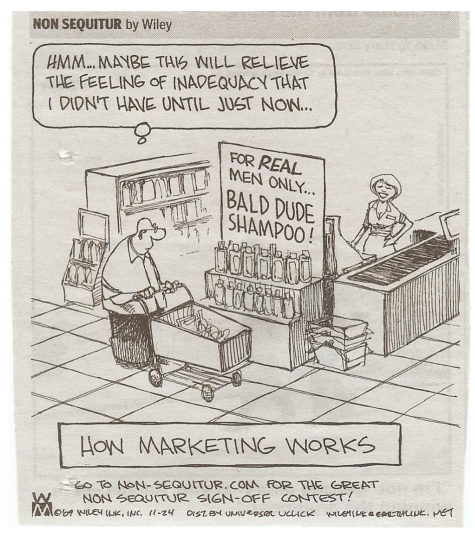MKTG 612 Final Exam | Assignment Help | Kogod School Of Business American University
- kogod-school-of-business-american-university / MKTG 612
- 07 May 2019
- Price: $35
- Other / Other
MKTG 612 Final Exam | Assignment Help | Kogod School Of Business American University
1)
The first four questions will be based on a television commercial. Please read
all of these questions before watching the commercial. The commercial can be
viewed using the following link: http://www.youtube.com/watch?v=RHYFS7Fvy34
a) In your opinion, what is the
message that the Connecticut Department of Public Health is trying to convey
with this ad? When answering, keep in mind that there is a difference between
the message the Department encoded, and how you (or others) might have decoded
that message. [4pts]
b) Given your answer to question 1,
who is the Connecticut Department of Public Health trying to target with this
advertisement?
c) There are three broad objectives
for advertising: inform, persuade, or remind. Which of these three is the
objective of this ad?
Use the following advertisement
for Sherwin-Williams paints to answer the question on the next page.
2)
When developing a print advertisement, advertisers will often use a semiotic
triangle technique to analyze the advertisement. Using the advertisement for
Sherwin-Williams advertisement on the previous page, apply the semiotic triangle
technique by labeling the three points of the triangle and listing the
appropriate information under each point.
3)
Last year, AXE Body Spray introduced a new scent into their line of body spray,
AXE Excite. The following statement was taken from their website:
Tempt
your senses. AXE Excite is an addictive wood fragrance that will have your
angel falling on the first encounter. The seductive blend of coconut, hazelnut
and caramel scents evolve into a sexy, lingering aroma.
a) There are two primary strategies
to promote a new product: push or pull. Assuming you’re brand manager for the
AXE Excite, what strategy would you use and why?
b) There are also two primary
pricing strategies for new products. As the brand manager for this product,
what pricing strategy would you use to introduce this product to the market and
why?
c) Finally, there are four methods
for setting a promotional budget. List the four budget methods and briefly
describe them (in one sentence each).
4)
There are three types of test markets that companies use to test products in
the marketplace. They are standard, controlled, and simulated test markets.
a)
Briefly explain the pros and cons of each type of test market.
5) Pfizer, the maker of Advil, describes their Advil Allergy product as the following:
Advil®
Allergy & Congestion Relief treats your multi-symptom sinus and allergy
needs with just one pill by combining the power of Advil® and a proven
decongestant to reduce swelling due to nasal inflammation, plus an effective
antihistamine to relieve sneezing and runny nose, symptoms associated with
allergies.
a) Products are considered to have
three primary levels. Considering the product levels of Advil Allergy, complete
the chart by labeling each level and filling in the boxes with the appropriate
information that would be included in each level.
b) Consumer goods are often
classified into one of four categories: convenience, shopping, specialty, and
unsought. Based on these categories how would you classify Advil Allergy?
Provide a one sentence explanation for your response.
c) c) Based on your previous
response, what type of distribution strategy would you use for this product
(intensive, selective, or exclusive)?










 USA
USA  India
India